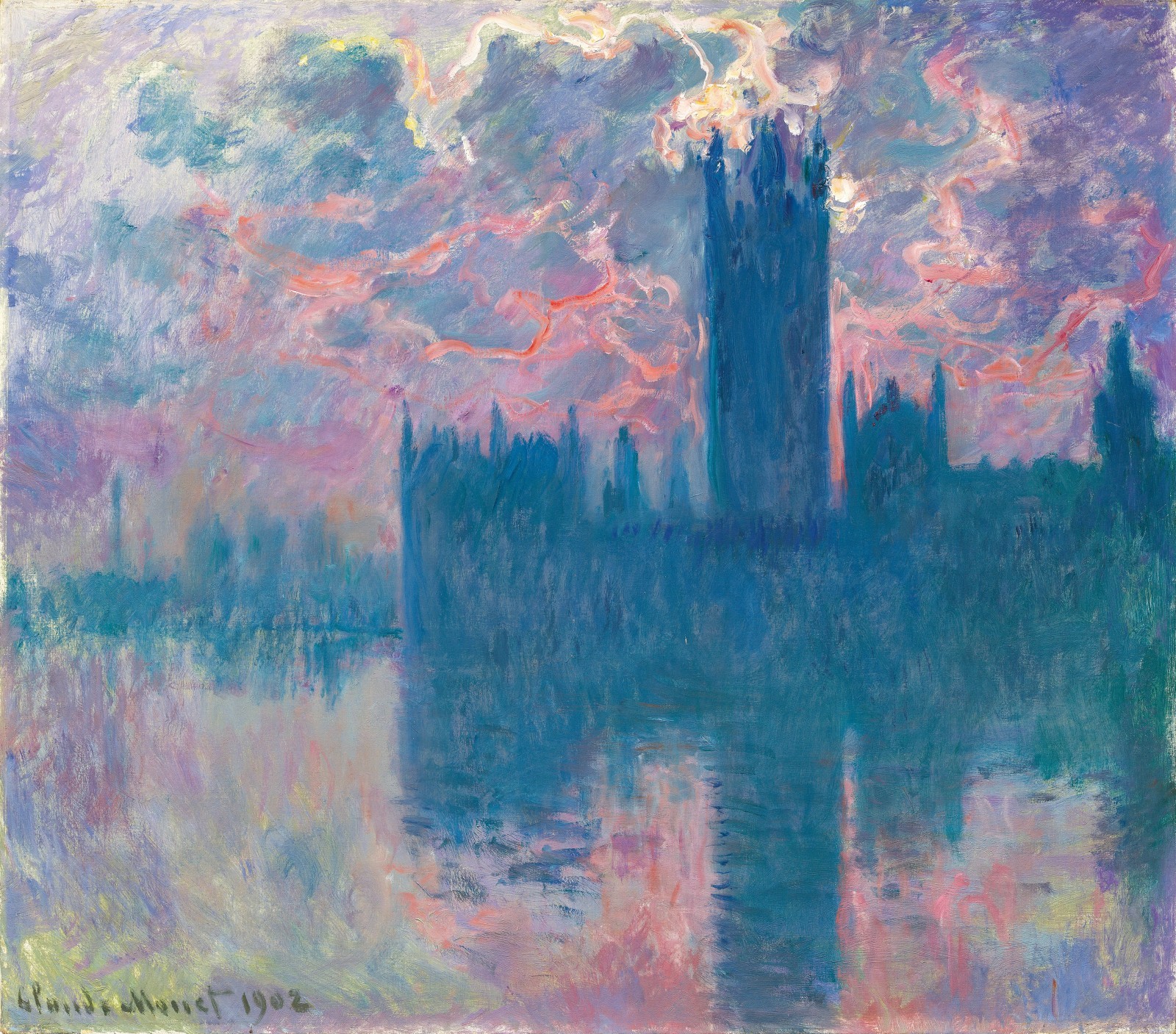Luncheon of the Boating Party by Pierre-Auguste Renoir remains the best known and most popular work of art at The Phillips Collection, just as Duncan Phillips imagined it would be when he bought it in 1923.
The painting captures an idyllic atmosphere as Renoir's friends share food, wine, and conversation on a balcony overlooking the Seine at the Maison Fournaise restaurant in Chatou. Parisians flocked to the Maison Fournaise to rent rowing skiffs, eat a good meal, or stay the night.
The painting also reflects the changing character of French society in the mid- to late 19th century. The restaurant welcomed customers of many classes, including businessmen, society women, artists, actresses, writers, critics, seamstresses, and shop girls. This diverse group embodied a new, modern Parisian society.











